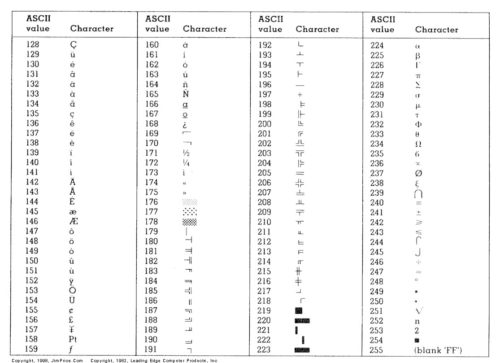

- KEYBOARD SHORTCUTS WINDOWS 10 FULL
- KEYBOARD SHORTCUTS WINDOWS 10 FOR WINDOWS 10
- KEYBOARD SHORTCUTS WINDOWS 10 SOFTWARE
- KEYBOARD SHORTCUTS WINDOWS 10 PLUS
KEYBOARD SHORTCUTS WINDOWS 10 FULL
When using touch and when Magnifier is showing the full screen at 100%, you can also close Magnifier by tapping the Close button (X) next to the zoom in button in the top right corner. You can always close Magnifier by selecting the close button on the Magnifier pop out (the small rectangular window that says Magnifier in the top left corner). To scroll horizontally or vertically, tap a border and then slide your finger out of the border towards the center of the screen. When the border disappears, you’ve reached the end of the scrollable area in the selected direction. To move the screen up or down, tap the top or bottom border. To instantly zoom out and see where you are on the screen, tap simultaneously on opposite borders using one finger on each border. To move around the screen, drag one finger along the Magnifier borders in the full screen view. Tip: To pinch to zoom in, place two fingers on the Magnifier border and then slide them apart. You hear “Zoom out” or “Zoom in” once on the button. Double-tap the screen to select. If you’re using a screen reader, move the focus to the button you want. To zoom out, the minus (-) button on the bottom left or right corner of the screen.
KEYBOARD SHORTCUTS WINDOWS 10 PLUS
To zoom in, tap the plus (+) button on the top left or right corner of the screen. Use the following touch gestures to work with Magnifier on a Windows touchscreen device: Temporarily show the entire screen when zoomed in. Toggle to invert screen colors or return the inverted screen colors to default colors while Magnifier is on.Ĭycle between the full, docked, and lens view. Zoom in and out using the mouse scroll wheel. Keys for other layouts might not correspond exactly to the keys on a US keyboard. The shortcuts in this topic refer to the US keyboard layout. Did you struggle with any of the suggestions in this guide? If so, send me a Tweet and I’ll be happy to help out as soon as possible.When you see + between keys in a shortcut, it means you need to continue to hold down the previous key as you press the next.Ī comma sign (,) in a shortcut means that you need to press multiple keys. I hope that this guide on using Windows keyboard shortcuts has been useful. You can read up on some of the best scripts here. The potential for more advanced Autohotkey scripts is quite impressive. At any time, you can refer back to the Github link above to see whichĬodes are used for each emoji.

After, you can type emoji codes like :smiley: to automatically useĮmojis. To use this hotkey script, you’ll need to double click it each time you start your Next, click the Save as type drop down box and select All files. Navigate to the directory you extracted Autohotkey. Now, click File in Notepad, then click Save as. This will allow you to run AutoHotkey scripts by double ahk file, then when asked, choose to browse what application should be used to open such files.ĪutoHotkeyU64. Once you’ve downloaded it, extract the file toĪ memorable location. You can download Autohotkey from their website for free.
KEYBOARD SHORTCUTS WINDOWS 10 SOFTWARE
This software can be used to automate a large number of different tasks.
KEYBOARD SHORTCUTS WINDOWS 10 FOR WINDOWS 10
Use Autohotkey for EmojisĪutoHotkey is another application for Windows 10 that can help you to create more complex keyboard shortcuts. With that file type would then also work. To choose a default application for that file type, and then future hotkeys If a file didn’t work, Windows 10 will ask you From my testing, I could get Photoshop, office apps If you choose the open document option, mostĭocuments will work, so long as you have a supporting application defaulted to

This time though, you’ll need to browse to a You can simply select the Open a Document or Open a Folder options under the I want WinHotKey to: dropdown box and then follow the same steps as above. WinHotKey can also be used to quickly open specific folders and documents within Windows 10.


 0 kommentar(er)
0 kommentar(er)
